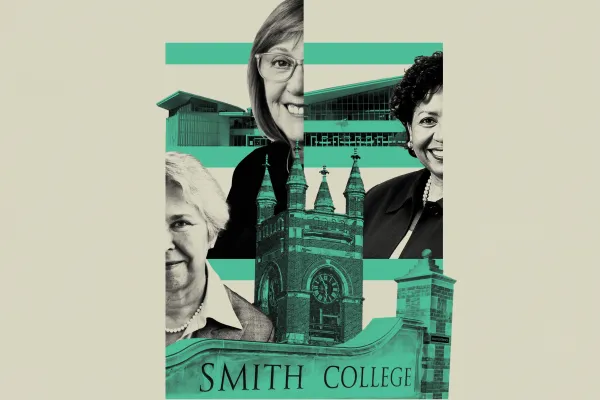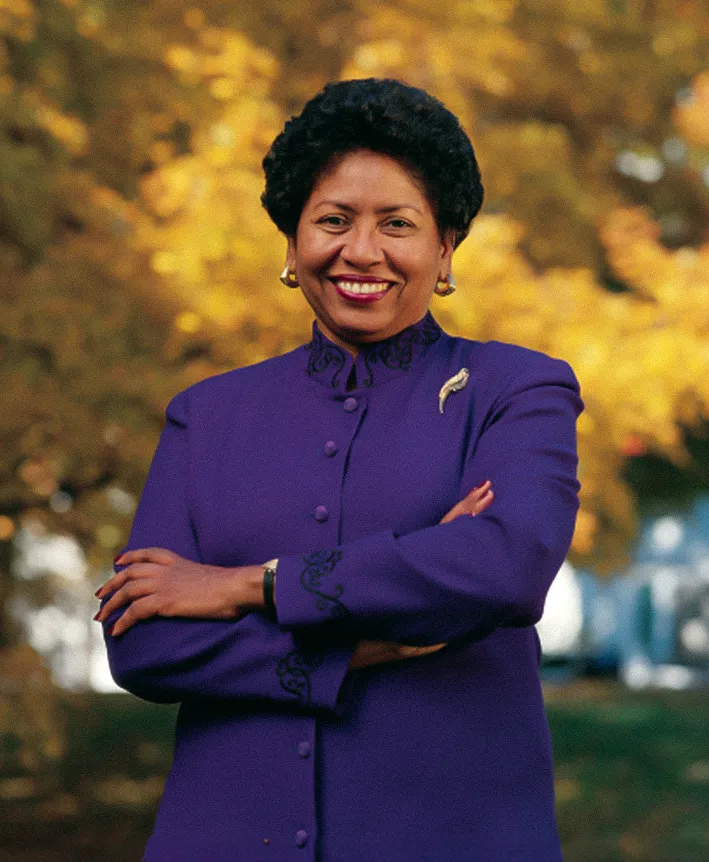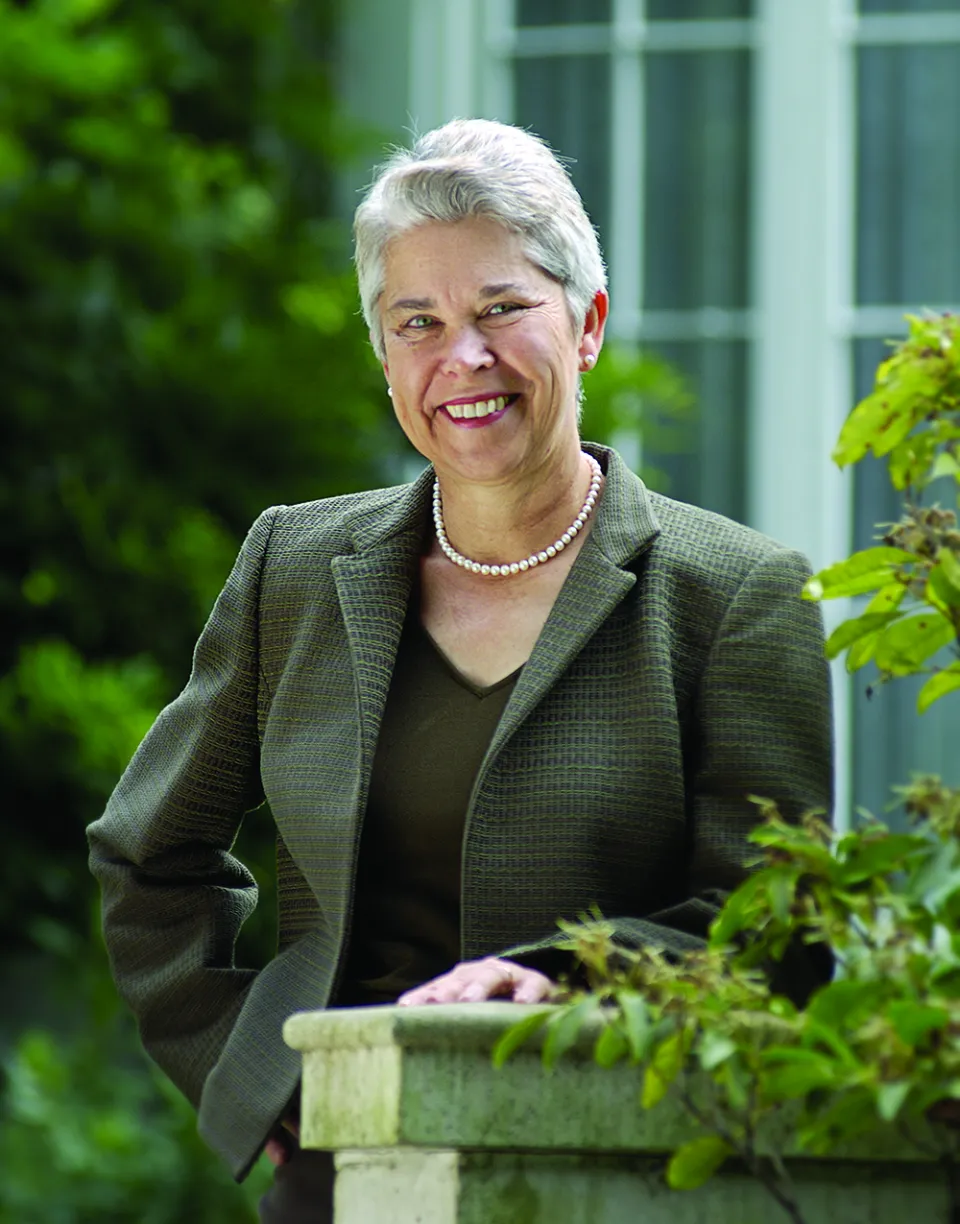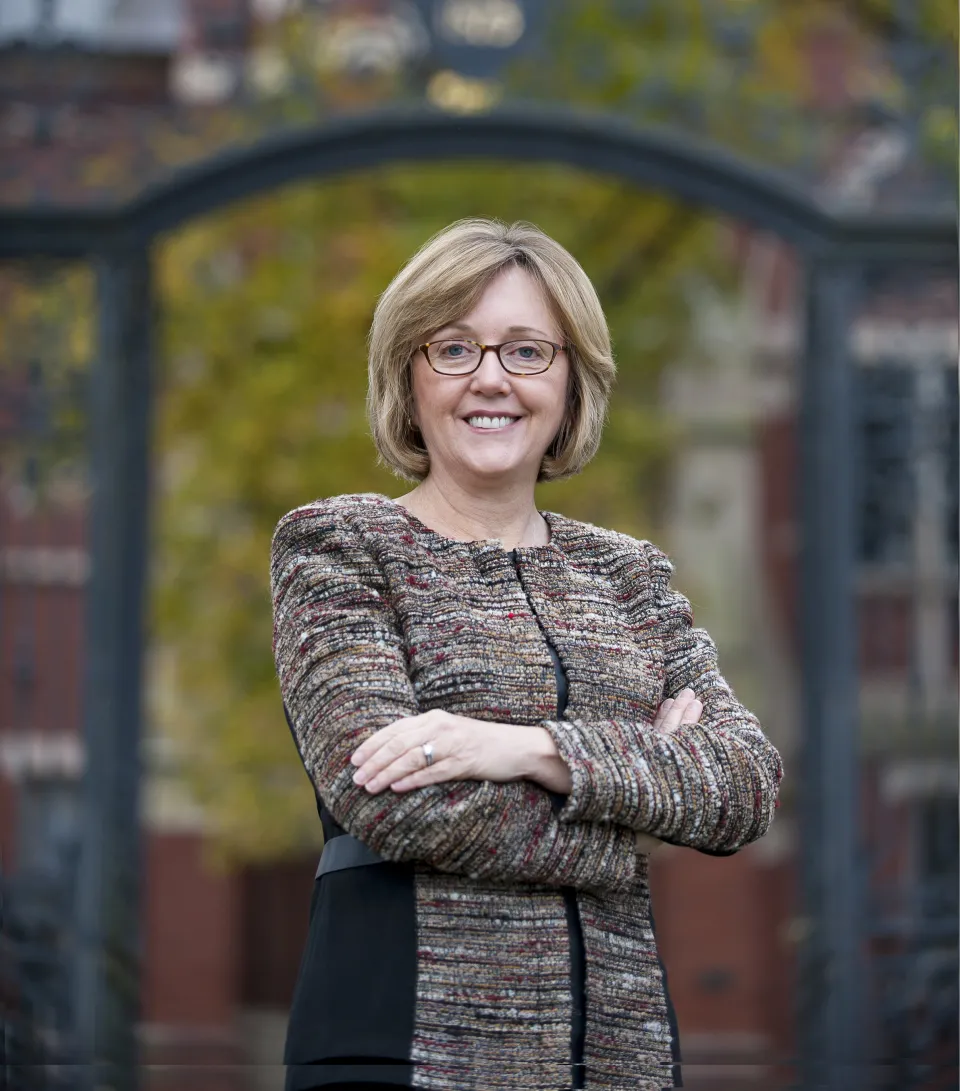When you took the helm at Smith, what was the one initiative you most wanted to implement—and what did you learn in the process of trying to make it happen?
“I was concerned about the slow progress of women’s advancement into certain professions as well as the limitations on women’s leadership. With the encouragement of ABET, the engineering accrediting body, we created an engineering program that received widespread praise and support for both addressing the issue of women in engineering and demonstrating the continuing relevance of women’s education.”
How did the political or cultural climate of your tenure shape your leadership and decision-making at Smith?
“At this point, few will be aware of the spare circumstances for minorities in U.S. higher education at the time I became president of Smith. Integration was still in its early stages on many campuses, and full inclusion was not to be found. Further, women’s participation and leadership, while growing, was not always validated. That there were few minority presidents of leading colleges and universities created a barren landscape for mentorship by other minorities. A degree of loneliness in dealing with the demands of leadership was certainly a factor. Still, the tremendous support that I received on campus and the collegiality of an excellent board of trustees provided a useful antidote to the isolation of those years.”
How did Smith students and alums change you or inspire you to think differently?
“I am by nature a reserved person, not given to the kinds of friendships that Smithies enjoy. The ways in which Smith women reached out to others, freely offered their opinions, and boldly insisted on a path of their own choosing inspired me every day. Much of what I became as a leader can be traced back to the example that Smithies offered.”
In many ways, the liberal arts—and higher education in general—is under assault. What would you say to those who question its value in today’s world?
“The greatest source of adaptability in an ever-changing world is the study of many fields and an understanding of the unique aspects of human existence and productivity. To proceed to a future without understanding history, art, culture, society, and tools of scientific advancement is to wear blinders in the face of encounters with ever more complex challenges. We need all of what is known and what can be known to address those challenges.”
What’s an unexpected, surprising, or funny moment from your presidency that you still think about today?
“I was entertaining a major donor who might be able to fund a new campus center when I heard the doorbell. I excused myself to answer the door, only to find the space in front of the President’s House overwhelmed with scores of scantily clad students. I had not been aware that streaking to the President’s House at the end of exam period was a tradition. Fortunately, my guest, an elderly Smith alumna, was more amused than offended by the display.”
What lessons about leadership did you take from your experience as president of Smith?
“Being president of Smith taught me that the fundamentals of excellence and achievement transcend gender, race, and other categories. The point is the work, and we should never be distracted from a focus on the quality of our efforts. At the most difficult moments of my presidency, this realization gave me the fortitude needed to persist in building ambitious goals and excellent programs.”
If you could have tea with Sophia Smith today, what would you most want to ask her—or tell her—about the college she founded?
“I would thank her for the gift of an education that has led to meaningful, satisfying, and productive lives for generations of capable women who have inspired others and changed the world.”



